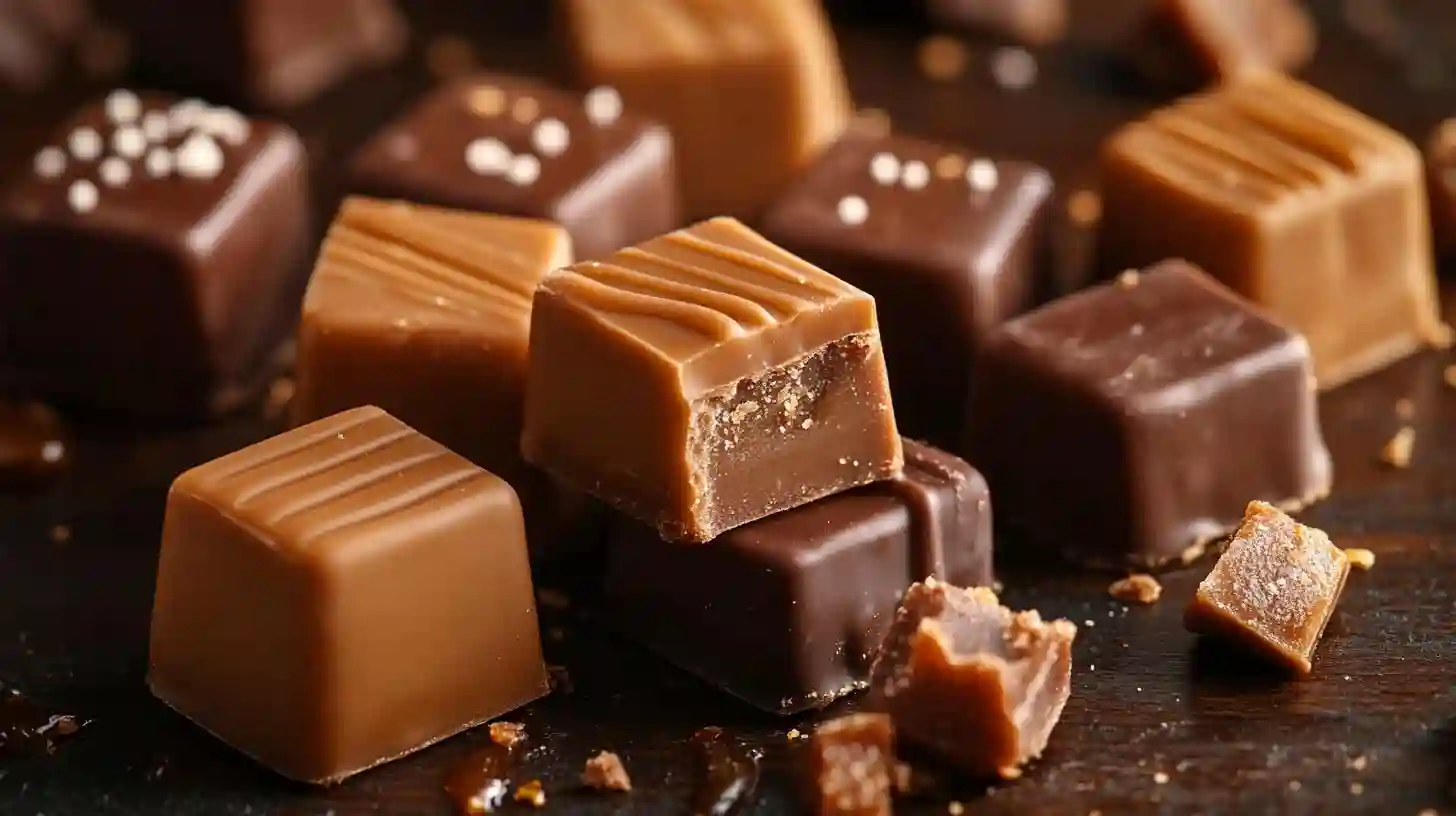
When exploring the candy world, few delights evoke nostalgia and indulgence quite like toffee and caramel. While these two confections share a base of sugar and butter, several key differences put them in separate categories, each with unique textures, flavors, and uses. Understanding these distinctions can enhance your culinary experiences, whether you are savoring a sweet treat or concocting desserts at home.
Toffee, a beloved confection known for its firm, crunchy texture, typically consists of sugar caramelized with butter, sometimes incorporating other ingredients like chocolate or nuts. The primary technique for crafting toffee involves cooking the sugar and butter mixture over medium heat until it reaches a specific temperature, usually around the hard-crack stage. This stage, which exceeds the temperatures used for caramel, allows the mixture to solidify into a brittle form when cooled. The result is a crunchy consistency that snaps when bitten, providing a delightful contrast to soft fillings or toppings when used in various confections.
On the other hand, caramel is generally softer, creamier, and more versatile than toffee. Defined by its silky texture, caramel is made by gently heating sugar until it melts and turns a rich golden brown. This process, known as caramelization, develops the flavor profiles that many people love. Caramel can take on different forms, such as a sauce, a firm candy, or a filling for chocolates, depending on the preparation method and additional ingredients. Dairy products, often cream or milk, are frequently added to caramel recipes, lending a smoothness that distinguishes it from the rigid structure of toffee.
The flavor profiles of these confections provide yet another area of distinction. Toffee is known for its deep, rich flavor, often enhanced by a hint of nuttiness, particularly when nuts like almonds or pecans are incorporated. The caramelization process that creates its distinctive taste often includes darker, more toasted notes due to the higher cooking temperatures. The buttery flavor pairs beautifully with chocolate, making toffee a popular choice in various desserts, such as toffee bits sprinkled over ice cream or blended into cookies.
In contrast, caramel boasts a sweeter, creamier taste, often enriched by the incorporation of vanilla or other flavorings during preparation. Depending on how it's prepared, caramel can present a range of flavors from simply sweet to subtly bitter, particularly when cooked to a darker hue. The creaminess makes it perfect for drizzling over desserts, creating rich fillings for candies, or even serving as a dip for apples. While toffee often has a more complex, layered flavor profile due to the cooking process, caramel has an innate sweetness that appeals to a broader audience.
The culinary applications for toffee and caramel showcase their individual strengths. Toffee often appears in candy form, whether it is simply enjoyed as a standalone treat or used in conjunction with chocolate. This crispy confection often stars in traditional recipes like toffee bars or is incorporated into gourmet chocolate treats, where its delightful crunch adds a satisfying contrast to smooth chocolate. Home bakers love to create chewy toffee cookies or experiment with toffee toppings for cakes and pies, showcasing its versatility.
On the flip side, caramel shines in a plethora of applications, making it a favorite among pastry chefs. Its ability to transform into sauces, fillings, and glazes expands its use beyond simple candies. Caramel can elevate the flavor of brownies, transform cheesecakes into decadent desserts, or serve as a luscious dip amid a spread of fruits and sweets. The creamy, rich texture of caramel makes it a perfect complement to a variety of flavors, from chocolate to fruit, adding depth and indulgence to any dish.
A unique aspect of these two confections lies in their cultural relevance and historical significance. Toffee has a history steeped in European traditions, often enjoyed during celebrations and special occasions. Caramel, too, has roots in various culinary heritages, with recipes that span across cultures and continents. These sweets have established a firm footing in both modern and traditional celebrations, making them beloved at weddings, holidays, and everyday gatherings alike.
Toffee and caramel may share a common ingredient list and overlapping uses in the world of confectionery, but they create distinctly different experiences in taste and texture. From toffee’s satisfying crunch to caramel’s smooth sweetness, each confection brings its own charm to the table. Whether you prefer one over the other or delight in both, understanding what sets them apart enriches the appreciation for these delectable treats, inviting enthusiasts and casual eaters alike to indulge in the nuanced flavors and textures that each offers.